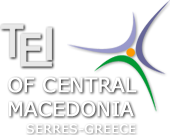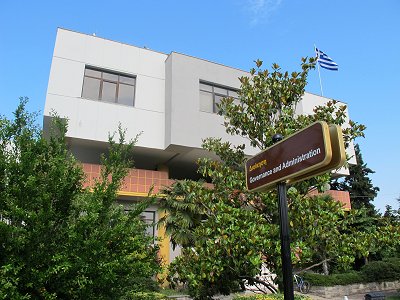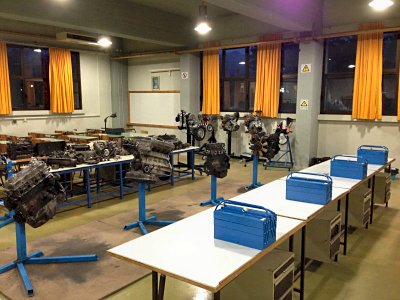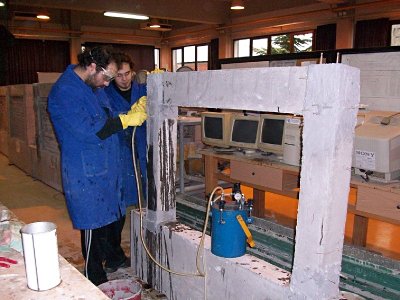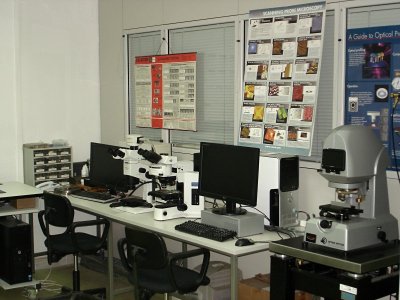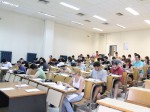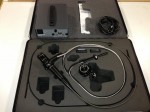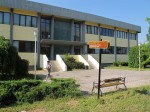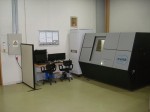Technological Educational Institute of Central Macedonia
The Technological Educational Institute of Central Macedonia at Serres (T.E.I. of Central Macedonia) is a new, dynamic and rapidly developing Institute consisting of two Faculties, eight Departments and more than 14000 students.
The T.E.I. of Central Macedonia meets modern requirements for the provision of high quality educational standards and the encouragement of applied and technological research. It promotes the employment of scientifically distinguished Professors, the cooperation with educational and research Institutes of our country and with those abroad, the connection between education and production and the job market, the further education of its graduates and the creation of post-graduate studies departments in conjunction with Universities.
We welcome you to the present website and I invite you to visit its web pages to gain information about the administration and the organization of the Institute, its mission, the staffing and course plans of the faculties and all of the rest relevant services and activities which are offered.
